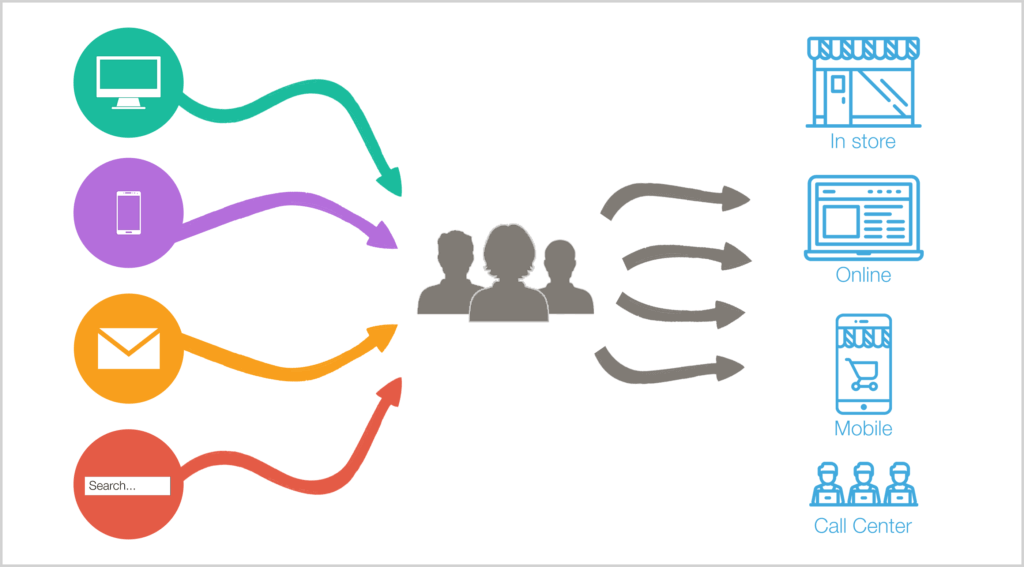
As digital marketing gets more sophisticated, the topic of attribution models has come up over and over in conversations with clients: every hotel wants to know what, where and how their guests are booking online. When you fully understand your online conversions, you can make better decisions when doing something as complex as allocating budgets, or as simple as going through a report.
Attribution is one of the trickiest aspects of the industry: in a world where each and every user is interacting with your brand through a multitude of channels, it becomes very difficult to properly assign the correct value to each channel.
So, most of the time, we end up using the simplest attribution model available in order to at least have something to base our conclusions on.
In this article, I aim to clarify some of the concepts behind successful attribution models, while discussing my own encounters with the beast that is attribution modelling.
What is an attribution model?
I’ve been talking about attribution models without properly introducing them… What exactly is an attribution model?
An attribution model is a set of rules that determines how the credit for a conversion is assigned to a touchpoint on a conversion path.
A touchpoint is a point of contact or interaction in the user journey. For example, Paid Search becomes a touchpoint when the user clicks on one of your ads.
The most widespread attribution model is the Last Click model. This model attributes 100% of conversions to the last interaction to occur before the conversion. It is the simplest model available, and gives somewhat accurate results.
On the down side, it doesn’t consider the effect of assisted conversions, and it oversimplifies the user journey by giving importance only to the last interaction.
Here’s an example of an assisted conversion: a user has perhaps seen your listing on Trivago, visited your site once or twice, compared prices on different channels, and a few days later clicked on one of your remarketing ads to finally make a booking.




